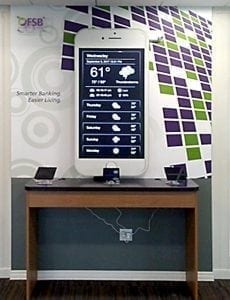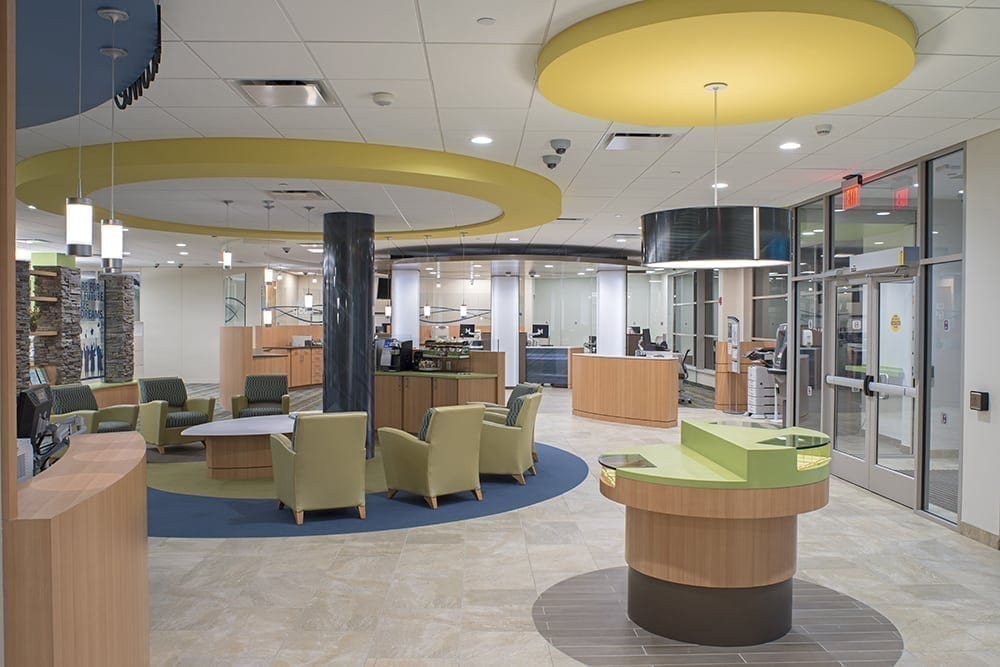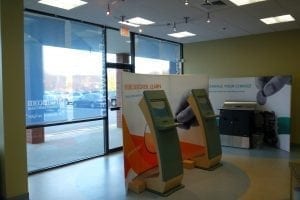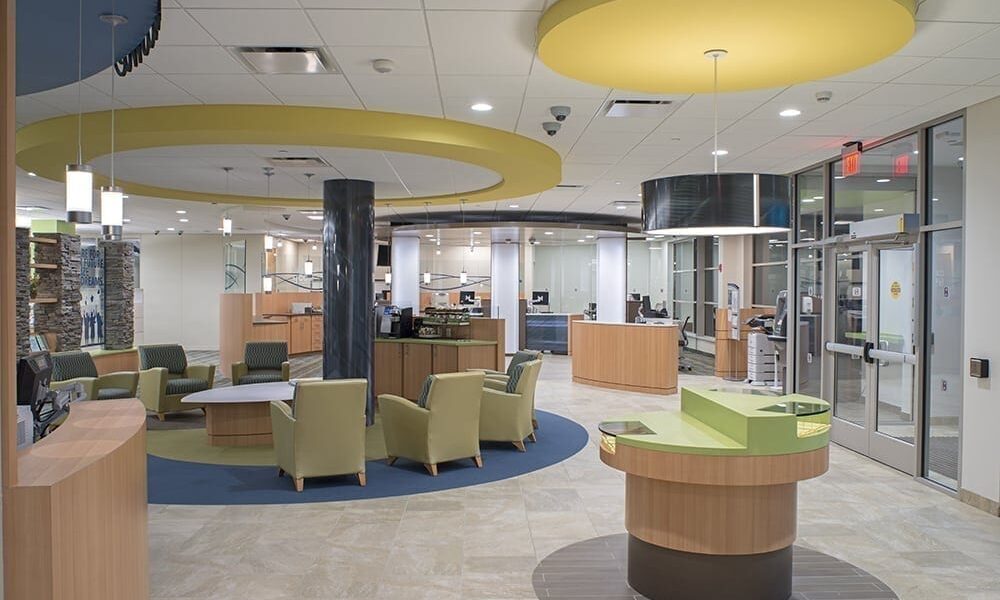First the light bulb, then touch screens, now facial recognition … what’s next?
Sears and J.P. Morgan were household names when the lightbulb was cutting edge technology. Now, Sears is nearly gone while J.P. Morgan, along with others such as Bank of America, Suncoast, Wells Fargo, are thriving. Why? Their success lies, at least in some measure, in their ability to integrate future-looking technologies into their customer experience.
Technology As A Means to An End
Not long ago, retail, healthcare and financial institutions viewed technology as a means to an end: their internal staff could use it to help solve problems for customers. The initial encounter with an institution often involved walking into a building and being met by a customer service representative behind a large monitor. The customer experience was driven by what was on that monitor and by how well the database behind it delivered answers to the human gatekeeper.
Today, we all live with a communication and information portal in our pockets. The iPhone created not only a revolution in how we use information, but also in our personal expectation of how that information is delivered and above all, how it drives our experiences as a customer.
Can “Digital” Cure All Ills?
Now, technology permeates all aspects of the customer service experience from customer greeting, to customer education/engagement to payment. As a result, mastering the category of “digital” is often viewed as a panacea for all modern retail ills.

At Image 4, we see our retail clients innovate by designing physical store footprints, product selection and floor staff training to integrate seamlessly with the online presence they’ve spent so much time and money to develop. All to reduce “friction” and to counter “showrooming”, today’s customers’ tendency to shop in-store and buy online.
The team at Image 4 works with clients to integrate the virtual, digital experience with the real, 3D experience through techno-physical integration. We work closely with our clients to identify and collect all points of digital and physical interaction in the customer journey, ignoring traditional concepts of “inside the building technology” and “out of the building technology”.
Today’s customer-experience goal is to remove the tech barrier and make the experience the star – good technology effectively integrated should be seamless, low-friction and high-value.
Using Technology to Enhance the Experience
Executed well, cutting-edge technology woven into real-life customer experience allows a conversation that began online to be continued in a private chat and then extended into a bank branch, agent’s office or examination room. It allows a retail customer to search for the perfect running shoe and come into your signature store for a fitting, ripe for cross selling to ensure a great race. It allows a financial services customer to learn about various options online, narrow down their choices, and set up an in-person meeting to cement the relationship.
Today’s customer is simultaneously online and offline exploring the digital and physical world to find answers that are right for them.
As marketers and designers of our customers’ experience, we always need to be examining how our customer interacts with our brand. Wherever, however, and whenever they do visit us, we need to embrace the interaction and seize the opportunity. As always, to be successful: “It’s About the Experience”
Category: Financial Services, Retail


